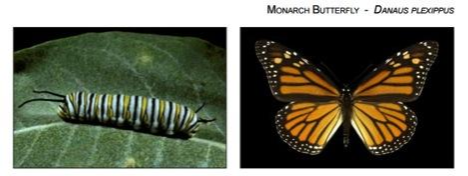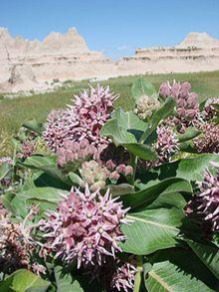Spring 2019
Stanley Petrowski
UW resources are devoted to so many restoration issues that the field seems to be a bubbling cauldron. Sometimes it’s hard to keep up. As issues come to the surface, we address them within our means. From our perspective, the need to act is constant. The Umpqua chub, a small indigenous fish found nowhere else the world but in the Umpqua basin, has been reduced to six small clusters found in the river system tributaries. The upper South Umpqua Spring Chinook run has been reduced to a minuscule fraction of its former glory. Lamprey, spotted owls, Pacific fishers, amphibians, insects and a plethora of other species key to the natural world, stand challenged even as I write this.
Sometimes our desire for restoration can seem overwhelming and beyond our reach because of the current pace of habitat degradation. It is only when various and sundry campaign efforts come to fruition that hope is again ignited. No human endeavor seems more rewarding. Looking back in time at the impact of these successes, we can trace the wake of healing as it ripples through the web of life. It is a legacy of life permanently scribed in history and on our hearts.
The truth remains that restoration work can be expensive and emotionally taxing on so many fronts, especially when we can see that those industries that are causing the ongoing damage continue to be subsidized by tax dollars and tax loopholes. Watching the living world respond to our restoration efforts more than counterbalances the burden of corporate greed degrading habitats.
Are you interested in experiencing what I am talking about? You can; in a wonderfully meaning way. Over the past several months I have devoted special attention to the plight of the Monarch Butterfly (Danaus plexippus) that occurs in our area and across North America. In recent years this iconic species has been steadily declining in population numbers. There’s hardly a nature scene in a child’s book or in many media expressions that doesn’t have an image of the majestic Monarch butterfly. The Monarch has been a symbol of the mystic beauty and wonder of our natural world. It lives up to the meaning of its name, “A sovereign head of state, especially a king, queen, or emperor.”
The west coast migration of the Monarch was at one time between eleven to thirteen million in number. When the population began to decline, academics and scientists sought to estimate the minimal number of butterflies needed to maintain the viability for the west coast migration. They determined 30,000 Monarchs to be an reasonable number of individuals necessary to maintain the population. The last estimate for the migration (this year) was 28,000 butterflies; well below the needed pool for genetic diversity. The US Fish and Wildlife Service is concerned enough about the situation to warrant the potential listing of the Monarch Butterfly under the Endangered Species Act.
Here is where you can play a critical role in restoring this species to its natural place in the web of life. The sole plant needed for Monarch Butterfly caterpillar (larvae) development is a native plant called Milkweed. Because of the continual arbitrary utilization of cancer causing herbicides by private industry and government agencies on many levels, the milkweed plant has been reduced to levels that cannot sustain Monarch Butterfly communities.
Seeds needed to propagate milkweed are freely or cheaply made available online. There are conservation groups and Non-Government Organizations (NGO) that are mounting a concerted effort to establish Milkweed gardens throughout the western U.S. If you have a garden plot or a collective area that can be used to grow Milkweed, please consider dedicating space for this showy nectar producing plant. They are easy to grow and require very little attention. I personally plan to dedicate half of my organic garden plot to Milkweed this year. Many threatened species of pollinating insects also use Milkweed to survive.
If a plot of land is not available to you, partner with a neighbor or friend to nurture Monarch Butterfly larva. Take pictures and document your experience. Sharing that information will go a long way to bring the butterfly back. I would love to see one of the rare blue ones. If you have children at home, the experience of watching a Monarch Butterfly larvae develop into a caterpillar and onto become a full grown butterfly can be life changing. As the stunning butterfly is turned loose, your young scientist/restorationist will have the experience of joy associated with restoration ecology. There are resources online to help you with this task. Here are a few links that you may find helpful to guide your restoration journey.
https://en.wikipedia.org/wiki/Monarch_butterfly
https://www.biologicaldiversity.org/species/invertebrates/monarch_butterfly/




